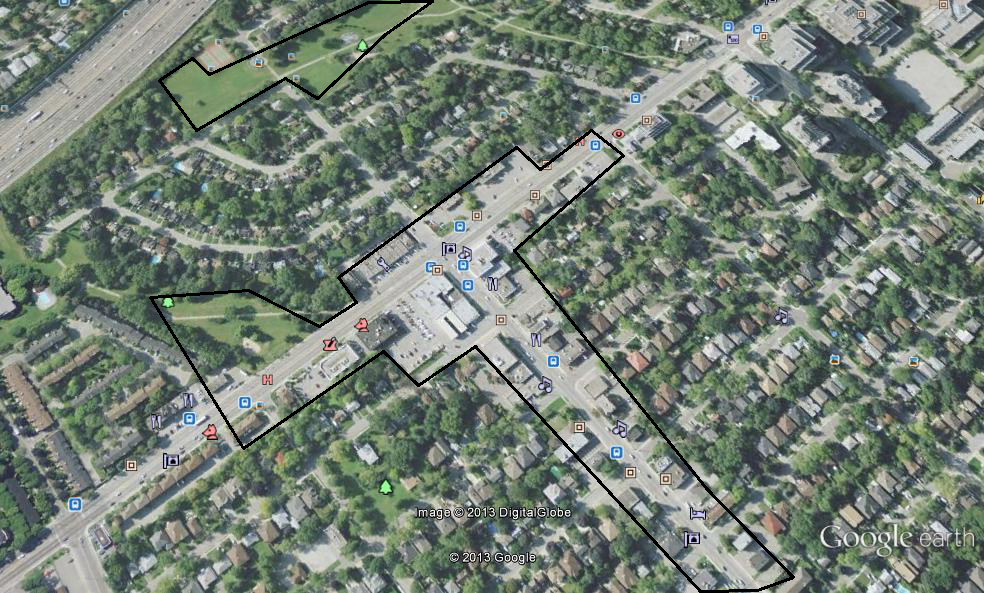rbt
Senior Member
I'm not sure what the off peak frequencies will be.
Whatever ridership supports. It'll be based on asses in seats though likely with a minimum of 6 minute headways in tunnel to match Sheppard.
I'm not sure what the off peak frequencies will be.
If the Sheppard line was converted to LRT do you guys think there should be a station at Willowdale?
I wonder if the fact that the local Sheppard bus has much more ridership than the express version makes the case that people prefer closer stop spacing at the expense of speed?
We are spending about $3.5B to $4.0B on the B-D Subway Extension to Scarborough. I was wondering how that money could better be spent in Scarborough. Here are the options.
View attachment 21326
Let me ask you guys about the technology behind Scarborough RT. From what I understand, it's the same technology behind Vancouver's whole elevated & automated system, a proprietary technology that is only used in a few places, with a special motor.
Does Vancouver have the same problems as we did for the SRT? If not, why not?
Was it a bad idea for Vancouver to rely on this technology? From what I understand, there are only a few cities who use it compared to standard LRT tech which is used everywhere. You can have LRTs run automated & elevated like the skytrain does.
To my knowledge, since Vancouver's installation was made after SRT, some of the teething problems got fixed and that made Vancouver's Skytrain more reliable.
It was not necessarily a bad idea for Vancouver to install ICTS / ALRT. However, since SRT needs to be rebuild anyway, it would be a bad idea for the TTC to rely on a proprietary technology and bind itself to a single supplier in future.
Notably, these days Bombardier offers ALRT systems with a choice of propulsion methods: either their special linear induction motors, or standard rotary motors. So, even if TTC went with Bombardier at this time, it would make sense to select a technology that allows multiple bets in future.
If the Sheppard line was converted to LRT do you guys think there should be a station at Willowdale?

Why this wasn't included in the initial subway construction baffles the mind. I think there should also be stations at Senlac and Faywood if ever extended west.
Subway to Kingston is an overkill IMO; the area will have two heavy rail lines (BD and Lakeshore East GO) going almost in the same direction.
The third map: SRT to Malvern / Finch and a branch to UTSC, looks good. But a) You also need to include DRL to Eglinton in order to distribute the Eglinton load properly; b) It may not be possible to elevate 100% of Eglinton East; sections around Vic Park, and from Warden to Kennedy may have to go underground, driving the cost of Eglinton upgrade somewhere in the $700 million to $ 1 billion range; c) It will be difficult to renegotiate with all parties to re-purpose the Scarborough Subway funding.
I think a strong case could be made for a Willowdale Station. I've highlighted all the surrounding areas where transit oriented development could occur:
That whole area south of Sheppard to the 401 should be high density.

Took a go at what I think the TTC should be come 2050: note that this is just RT, surface LRT isn't included





